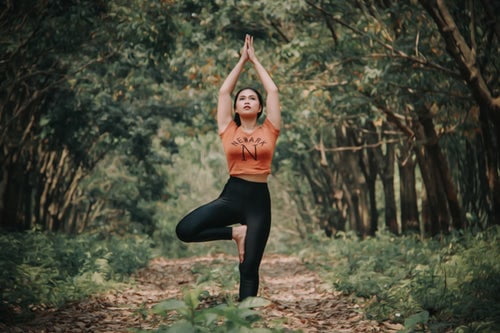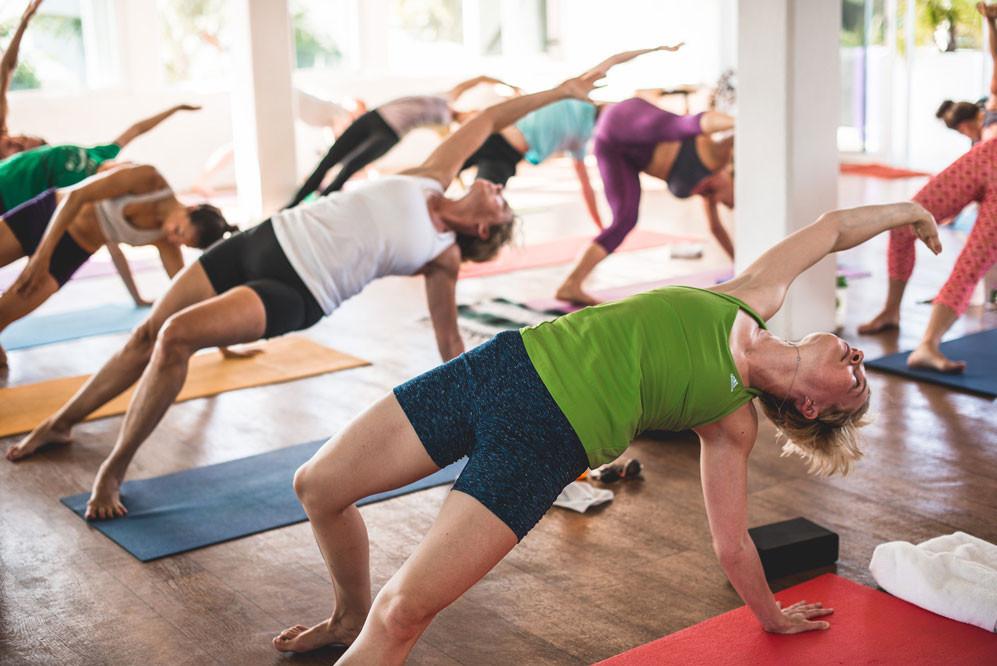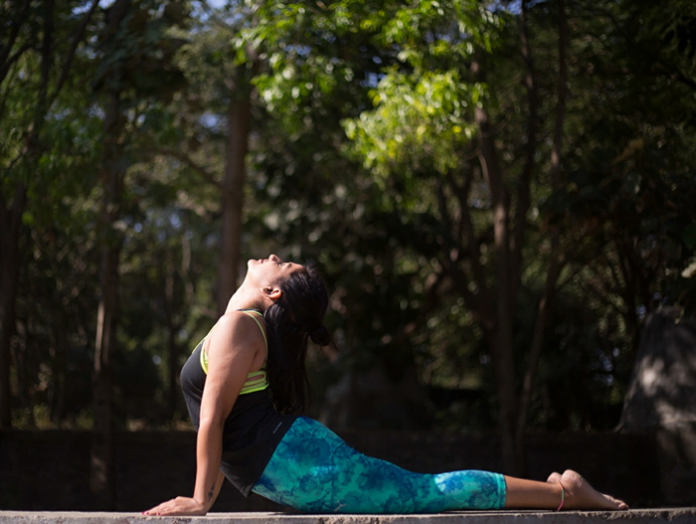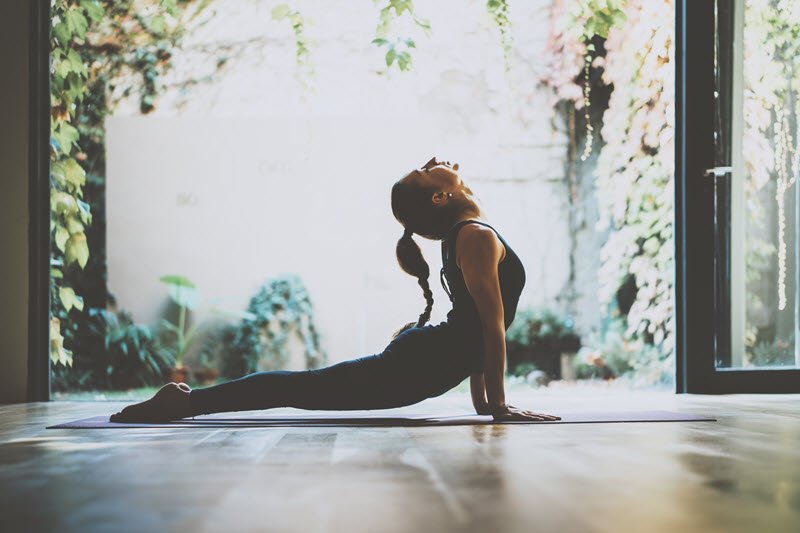
Source :- sobercollege . com
Addiction is a condition which can happen to anyone for any reason. In this condition, our brain stops to think and people became a completely different individual than he uses to be. Peoples nature, habit, behavior everything tends to change. Overcoming this condition or treating this is difficult, but there is always hope for treating this condition. One of these hope is yoga. There are several poses of yoga for addiction. In this article, I am going to share some poses of yoga for addiction. Check those out below…
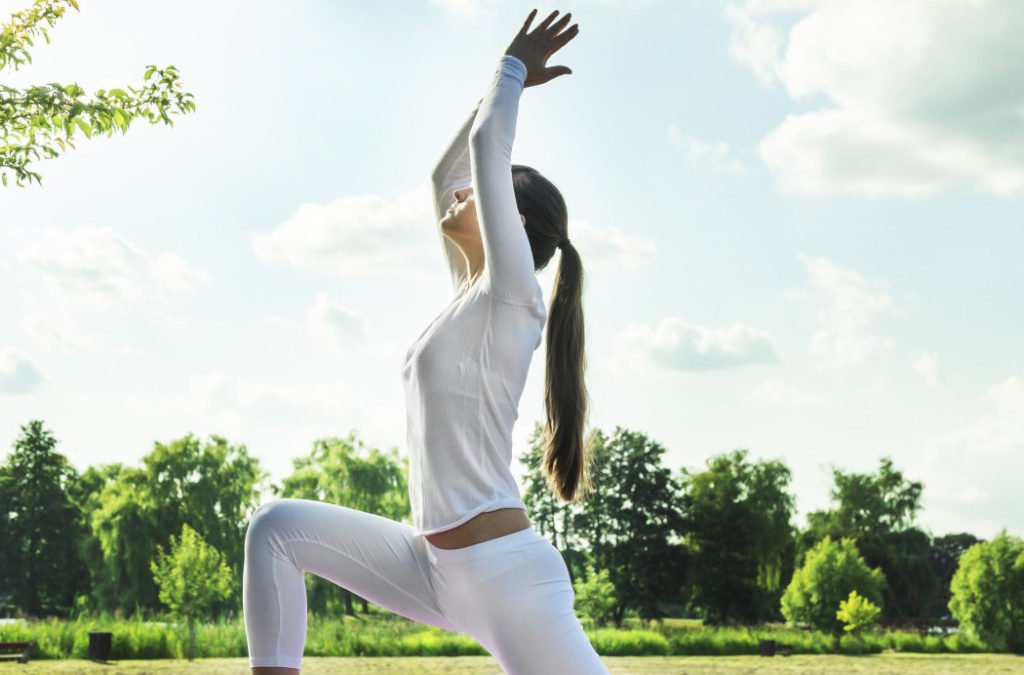
Source :- rebostreatment . com
Table of Contents
Yoga For Addiction:
People not only get addicted to alcohol and drugs, but they can also be addicted to many things like social media, television, mobile phone anything. Getting addicted is bad for your health no matter what it is. So, see below 5 poses of the yoga for addiction to recover from it…
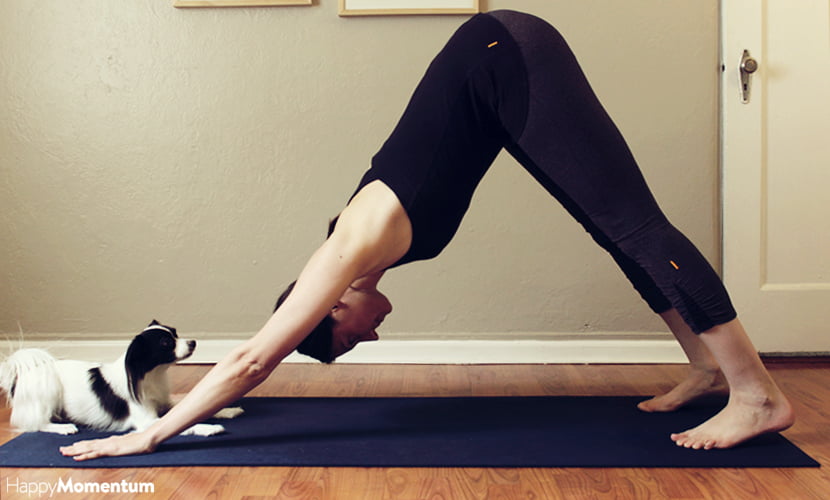
Source :- carenbaginski . com
1. Adho Mukha Svanasana Or Downward Facing Dog:
Downward Facing Dog is a wonderful yoga pose to find grounding as well as stress relief. Downward Dog gently strengthens and lengthens your muscles to not only strengthen your physical body but also help release mental and physical tension. This is one of the best yoga for addiction.
How To:
- Begin in Table Top Pose.
- Walk your hands about six inches in front of you.
- Keep your palms planted as you tuck your toes and lift your hips up and back, making an upside-down “V” shape with your body.
- Press through the index fingers and thumbs to take the pressure off your wrists.
- Draw your shoulder blades away from your ears by externally rotating your shoulders and spiraling your biceps toward the front of your mat.
- Release your heels toward the ground to stretch your calves, ankles, and hamstrings.
- Relax your head.
- Hold this pose for 10-15 breaths.
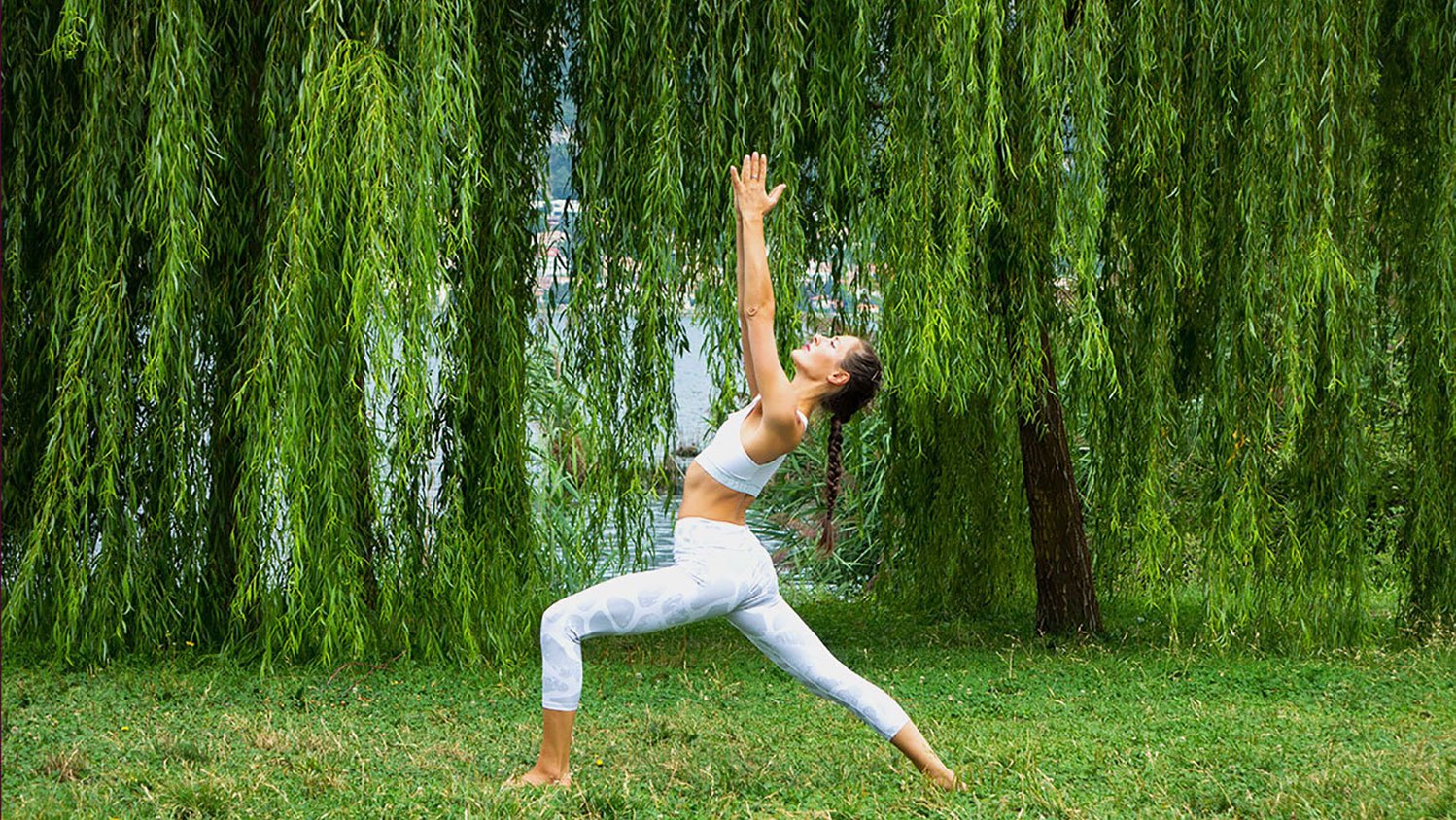
Source :- marthyfit . com
2. Virabhadrasana Or Warrior I:
How To:
- Begin in a Low Lunge with your left leg extended back.
- Lift the left knee and bring the left foot closer to the left edge of your mat.
- Turn your left foot to a 45-degree angle to the front toes face the upper left corner of your mat and the left heel faces the back right corner.
- As you inhale, lift your upper body and raise your arms above your head.
- You intend to have your hips and shoulders square to the front of your mat.
- Keep pressing the blade of your left foot into the mat.
- Hold for a few breaths.
- Repeat on the other side.
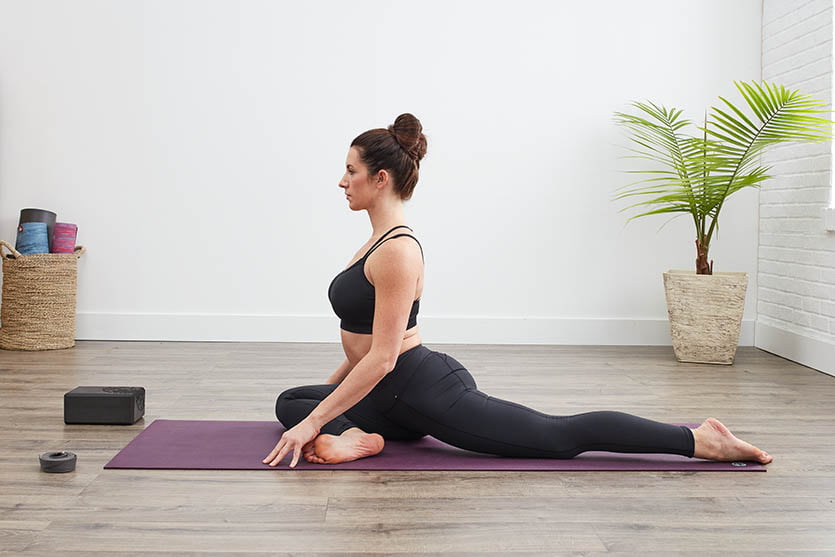
Source :- d2s0f1q6r2lxto . cloudfront . net
3. Kapotasana Or Pigeon Pose:
Pigeon Pose is the ultimate hip opener to release blocked energy or stored emotions within the body. Pigeon Pose can bring these emotions to the surface and give the yogi the opportunity to face them and then let them go. Anna Forrest calls Pigeon Pose a “great soother of the nervous system,” so embrace what comes up and invite the mind and body to let it go. This is one of the best yoga for addiction.
How To:
- From Downward Facing Dog, bring your right knee behind your right wrist and rest it on the mat.
- Allow your right foot to cross to the left side of your mat.
- Release your hips to the mat and keep your left leg extended towards the back of the mat.
- Bring your right heel toward your groin for a less intense stretch.
- Square your shoulders and hips to the front of the mat, feel free to place a blanket or block under your right hip if needed.
- Check your left leg to be sure there is no sickling in the foot.
- Once you find a balanced position, inhale deeply to lengthen the spine and lift the chest.
- Then exhale as you bring your palms to the mat in front of you, your forearms on a block or your forearms to the mat.
- Hold for at least ten deep breaths, then repeat on the other side.
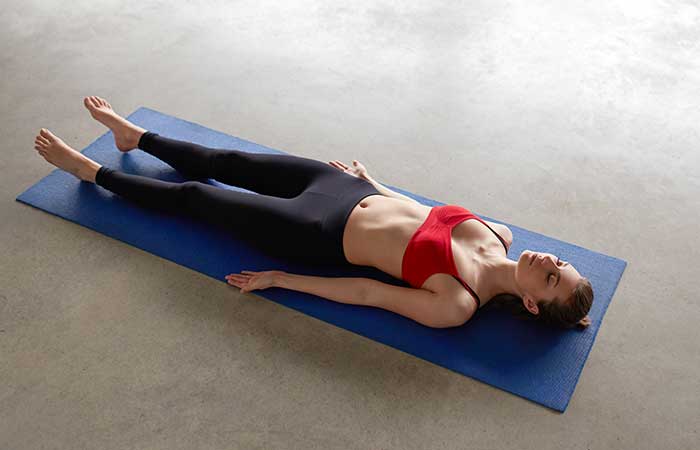
Source :- cdn2.stylecraze . com
4. Shavasana Or Corpse Pose:
Even though you are lying down, Corpse Pose can easily be the most difficult yoga pose listed here. The stillness and silence can be much more difficult than any physical movement. But if we are to discover our true selves and the root of our addiction, Corpse Pose could be the key to our recovery. This is one of the best yoga for addiction.
How To:
- Begin reclined on your back.
- Allow your legs to extend in front of you and be completely relaxed. Invite the feet to open naturally.
- Rest your hands by your side with the palms facing up.
- Close your eyes and find a neutral breath, allowing your body to fully relax, soften, and sink into the mat.
- Remain here for 5-10 minutes.
- Focus on your breath. Allow any thoughts or sensations that come up to be released, and always go back to your breath
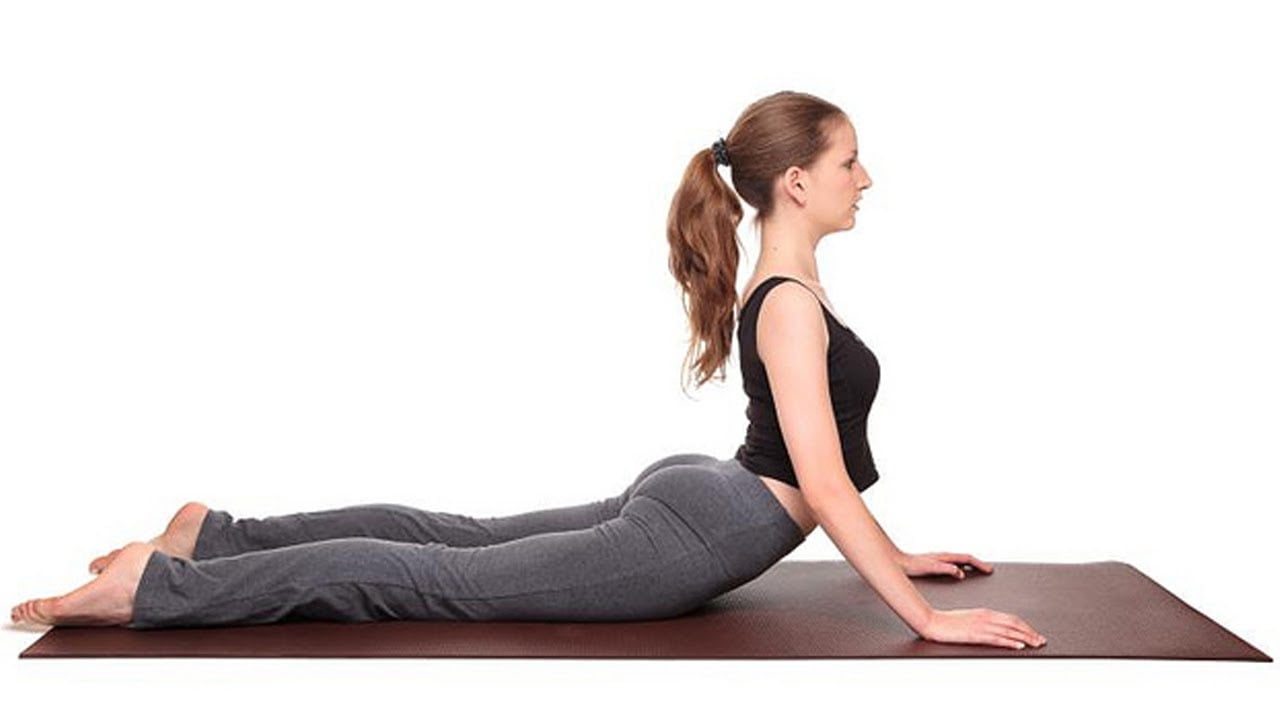
Source :- ekhartyoga . com
5. Bhujangasana Or Cobra Pose:
Bhujangasana Or Cobra Pose is another pose of yoga for addiction. This pose is easy to practice and it has many benefits to our health and emotion. Thus this poses of yoga are very much helpful for those who are addicted to drugs and other addictions. See below how to do this yoga pose.
How To:
- Lie flat on your stomach keeping your legs straight, feet together, heels slightly touching each other and toes pointing.
- Rest the palm of your hands by the side of your chest, your arms must be close to your body with elbows pointing outward.
- Rest your forehead on the floor and relax your body.
- Inhale and raise your forehead, neck and then shoulders. Using your back muscles raise your chest, now use the strength of your arms to raise your trunk. Look upward breathing normally. This is the final position.
- In the final position, your navel should not raise more than 3cm; with your pubic bones touching the floor. Hold this position for 20-25 seconds.
- To come back to starting position first exhale and then slowly lower your navel, chest, shoulders, neck, and forehead. Relax and take deep breaths.

